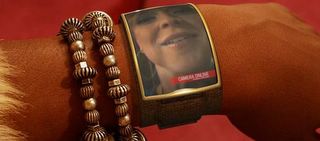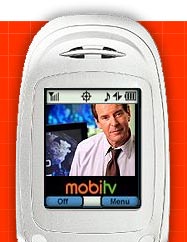
Offtopic, but then it's a boring long weekend and everybody is talking about Paris Hilton's hack, so I thought I'd just hop on the monetizing bandwagon anyway.
So by now you've already heard how
Paris Hilton's Sidekick II phone got hacked and all her notes, nudie pics and phone numbers of her celeb friends got posted
all over the web. What do we have? Confusion. Nevermind that it was not the
phone that got broken into but her T-mobile web page account, and that's where the goodies were downloaded from; the public will have the impression that someone somehow can tap into their Sidekicks and cell phones. (Far fetched? Check out Fox News that writes that it was
her Blackberry that got hacked.)
Deutsche Telekom's (T-mobile parent's)
stock is likely to go down on the news when NYSE reopens on Tuesday. I can't believe they still don't have a press release out to reassure public about safety of their service. If by chance you
are from DT or any of its units, I am open for a summer PR internship.
Many people have said that the whole thing is a publicity stunt; if so, it's one of the most brilliant and elaborate ones ever. There are a few things that make the hack look less authentic. For example, the style of her
notes is not consistent, and one of her notes is link to a porn site that sells the infamous "One Night in Paris" tape (as an aside, there seem to be at least
17 people named Paris Hilton).
Paris herself could benefit from some word of mouth to promote, say, her shows or
her recent book, in which she, ironically, advises, "Never have only one cell phone when you can have many." As one newspaper wrote a day before the whole show erupted,
Paris Hilton is a Genius.
And you gotta love those enterpreneural souls who started offering
contextual t-shirts (pictured above) hours after the news broke and promptly AdWorded their site on Google.
Update (Feb 21 8pm EST): Apparently, T-mobile just issued a generic press release quoted by
Engadget, but the text is not on their main
PR page, or, say, PR News Wire. Makes you wonder why it took them two full days.


































